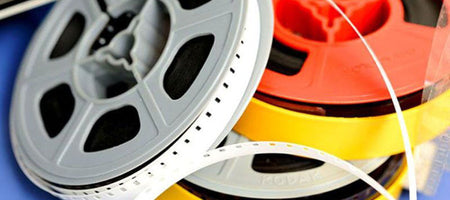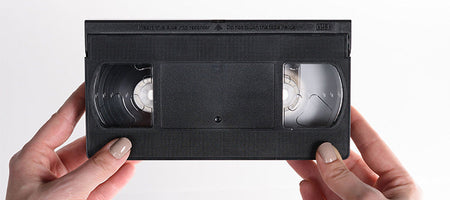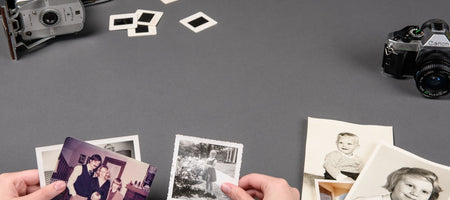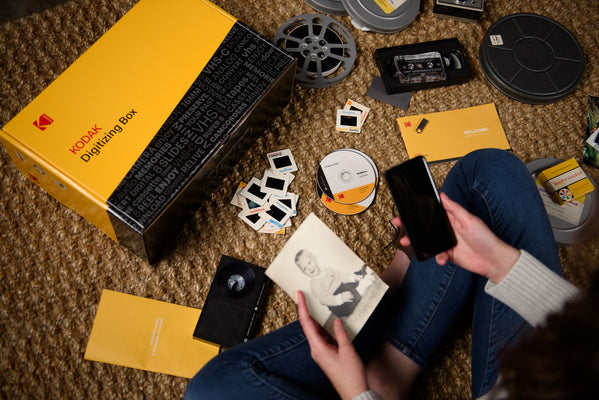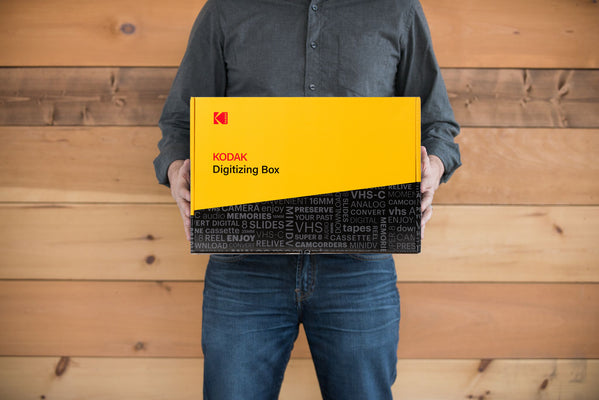Tapes are delicate. They’re picky little boogers who require pretty pristine conditions to last as long as possible. The bad news is that they’re not particularly inclined to living a long life anyway--usually only 30 years or so. The worse news is that all sorts of unfortunate bad actors are constantly plotting against the little dudes, trying to rip away your memories from the delicately spooled celluloid within their casings.
Enter: mold. (Queue dramatic 80s horror music).Mold is pretty bad for human health, but it’s even worse for tape health. Getting mold on your tapes can ruin the film, basically erasing all of the home movies on it. In addition to creating splotches on the film, it can degrade it completely, erase all data on it, and it’s really icky looking.
So what do you do about this fungal foil?
Well, honestly, the best thing to do about mold is to make sure your analog media doesn't contract it in the first place. An ounce of prevention is worth a pound of cure, after all. In order to keep your tapes in tip-top shape, you’ll want to store them in a cool, dry place. Mold thrives in dark, wet, humid, dare I say sketchy(?) locations, so make sure you keep your tapes in a place that’s on the up-and-up. I feel confident saying that probably 85% of all tapes are in a damp, dark basement somewhere, which is literally the worst place for them to be.
So keep them clean.
If the unspeakable happens, and your tapes have contracted the mold, there might be a way to cure them. I have to warn you, however, that it’s a long, painstaking process (remember the ounce of cure thing?).
Basically, you’re going to have to perform surgery on your tapes. First, you’ll need to remove the guard that covers the film. Then, you’ll want to very gently pull the film out of the canister in 6 inch increments. You’ll wipe the film with a microfiber cloth that’s been slightly dampened with rubbing alcohol. You’ll slowly progress the tape from beginning to end, pulling the tape out, wiping it down, and progressing it again.
This will take a while.
You’ll also want to blow the casing with canned air to dislodge any spores caught in the crevices. Be sure to wear a mask, because breathing mold can be really unhealthy, especially if you have allergies.
Once you’re done, you’ll rewind the tape and you should be good to go. Just remember to be gentle. You don’t want to pull it too hard and rip the film, and you don’t want to scratch the tape by pressing too hard while cleaning. Be careful, deliberate, and patient.
If you have mold on your tapes, you’re not in for a good time, but there might be hope. Get the proper supplies and don’t rush the process.
Now you know, your tapes are susceptible to all kinds of environmental damage, so why risk it? The best way to preserve your home movies after cleaning them is to convert them to digital. Let KODAK digitize your tapes today! You and your family will be able to enjoy them for years to come.

